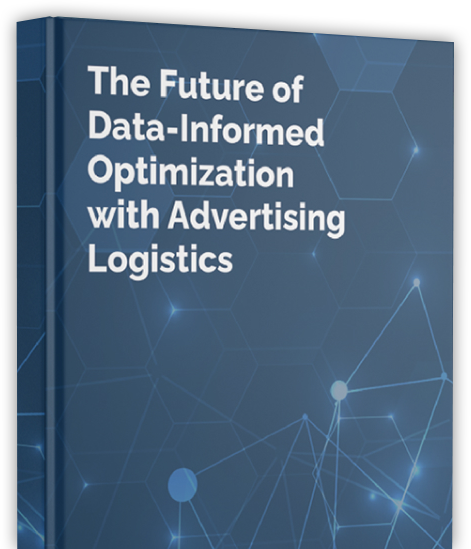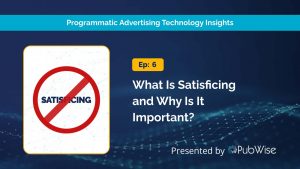Ad Refresh is a technique used by publishers to increase the number of impressions served to the web visitor during a session. This is done by creating triggers that refresh the ad based on time increments (30, 60 or 90 seconds) or even custom tailored based on user behavior. The benefit to the publisher is that it can increase the ad revenue without disturbing user experience. With any technique, you have to practice to be great at it and we’ve had a lot of practice with Ad Refresh. Here is what we learned along the way and what you need to do to get Ad Refresh right.
Don’t get greedy. If you are setting your triggers for ads to refresh too quickly, it looks like you’re trying to bump up views/impressions and advertisers don’t like that. You’ll lose out on opportunities from quality advertisers.
When an ad is refreshed it must be within the users view in order for them to engage with the ad. Looking shady to advertisers with “blind refreshes” (ad refreshing out of users view), will devalue your site, hurt your reputation and ding your viewability score. You’ve worked hard on building up that traffic, don’t take the shortcut.
Longer refresh time is the best choice. Nothing shorter than 30 seconds. Think about it. How can you engage with one ad in 30 seconds? Let alone two ads.
It’s not all about time triggers. You can set your ad refresh based on user behavior like scrolling or clicking. You can also set triggers based on events like if a game is done loading. Or if you really want to dial it in, compile multiple factors into a smart trigger based on time, user behavior, events, viewability, screen positioning and more.
Networks and exchanges have policies on ad refresh. Not all of them allow it. Some have trigger minimums that you need to meet. Read and understand the policies to avoid violations.
Test, test and then test again. Try some A/B testing on certain pages to figure out what trigger intervals work best before going site wide with changes.
Consider a different set of metrics for reporting, like page RPM. You will want to understand that even if CPMs decrease a bit, overall you are earning more revenue.
Ad Refresh is good for both parties. Advertisers serve more ads to users on highly viewable units. Users engage with a brand. Publishers increase ad revenue.
It’s best for publishers with above average session time. If you have a high bounce rate and low session time, Ad Refresh may not be for you. You need the user on the page long enough to refresh the ad based on your triggers. Publishers with long form content thrive on Ad Refresh because of the longer session and dwell times.
By implementing these tips, you are sure to succeed in improving your revenue with ad refresh without hurting user experience. And if you need help, let us know. We’ve perfected this technique by working with hundreds of publishers like you.





